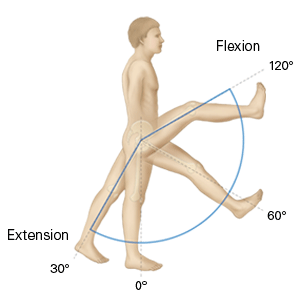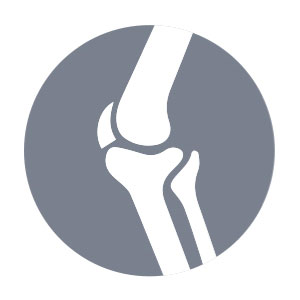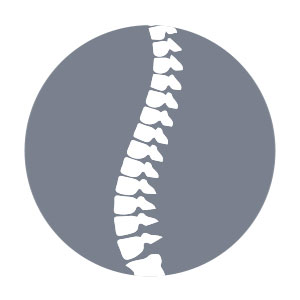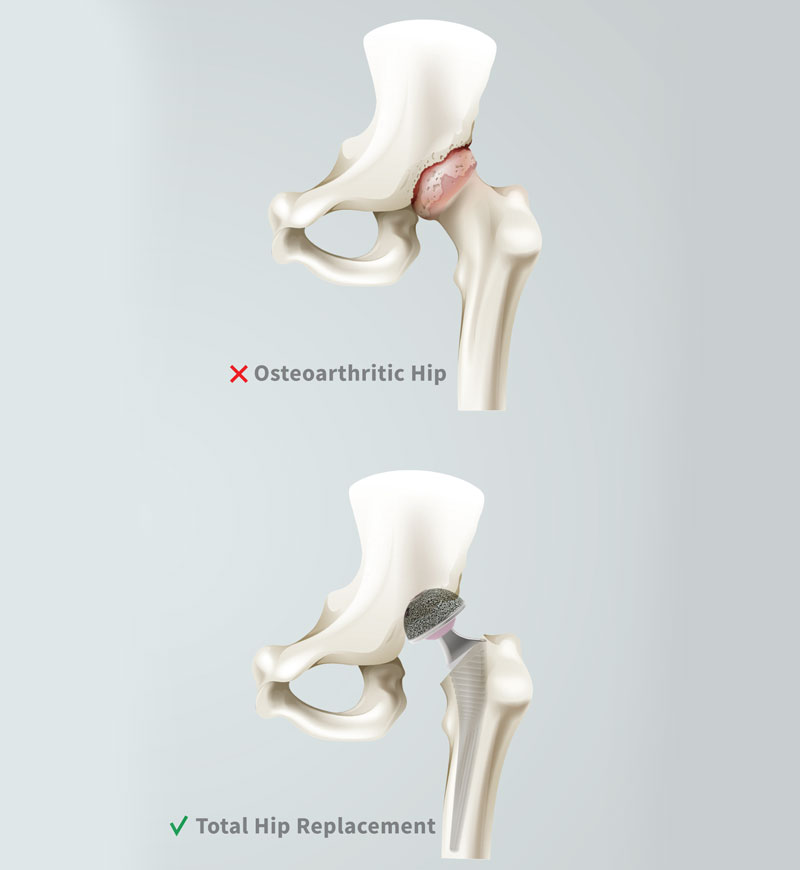Patient Information
Hip
Select from your area of interest below:
Currently viewing: Hip
When Do You Need A Hip Implant?
Your orthopaedic surgeon will evaluate your situation carefully if you are experiencing pain or poor range of motion as a result of a diseased, damaged, or deformed hip. Your surgeon will carefully make decision regarding which implant is most appropriate for you and may determine that either a total or partial hip replacement is the best method of treatment when other nonsurgical treatments are ineffective.
A diseased hip is when one or more parts of the hip are damaged, and movement becomes stiff. Over time, the cartilage surrounding the bone will start to crack or wear away, causing the bones in the joint to rub together. When the ball of your femur starts to grind in the socket of your pelvis, pain and stiffness occurs.
There are many reasons your hip may become damaged or diseased, including but not limited to:
- Non-inflammatory arthritis such as osteoarthritis or avascular necrosis
- Inflammatory arthritis such as rheumatoid arthritis or
- Traumatic injury
In these cases, Signature Orthopaedics hip replacement implants can be employed to replace the damaged bone and cartilage in a Total Hip Replacement (THR) or Partial Hip Replacement.
What Is A Total Hip Replacement?
In a THR, the diseased hip ball (femoral head) will be removed and replaced with an artificial ball on a stem, which is inserted into the hollow part of the thigh bone. The hip socket (acetabulum) is prepared using special instruments and a metal shell (cup) is secured in place. A cup-shaped liner is then placed in this shell, together forming the socket portion of the joint. If the acetabulum is relatively healthy with little arthritis, a hemiarthroplasty, or partial hip replacement may be an option. In this case, only the femoral head is replaced with an artificial head on a stem inserted into the thigh bone.
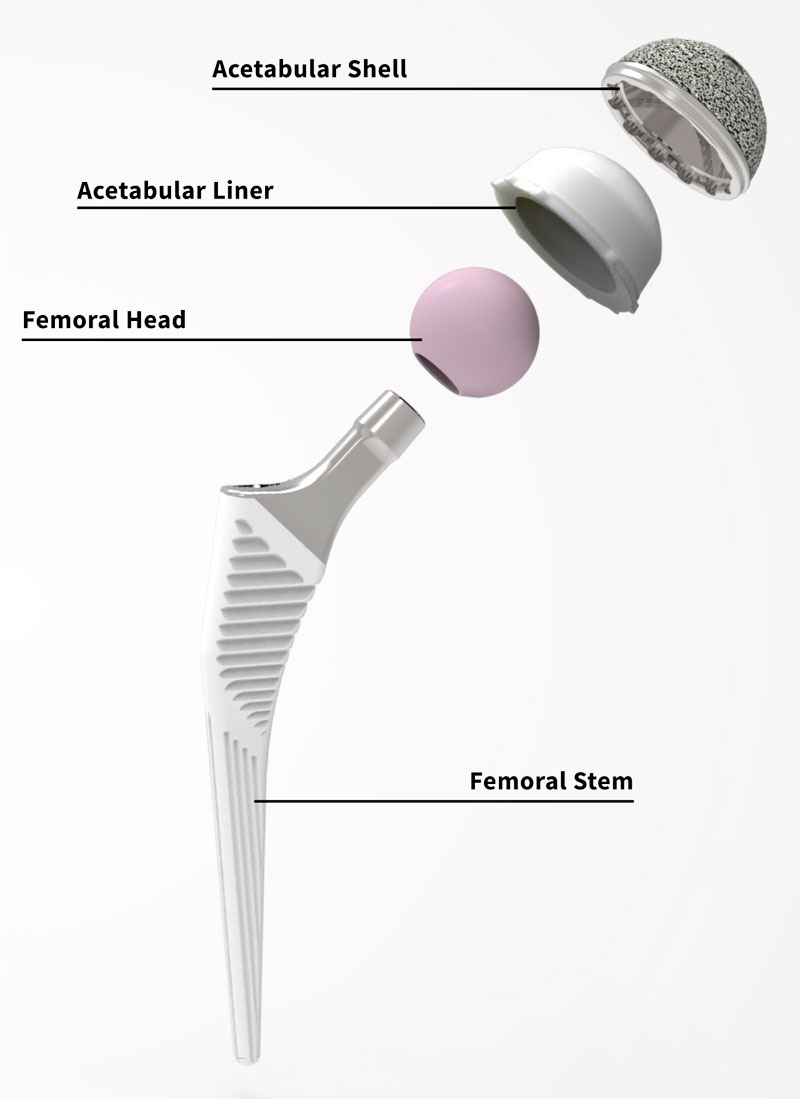
How long will my implants last?
The lifetime of the Signature Orthopaedics devices are indefinite, when used in accordance with the Instructions For Use, as the prosthesis is intended to remain implanted for your lifetime.
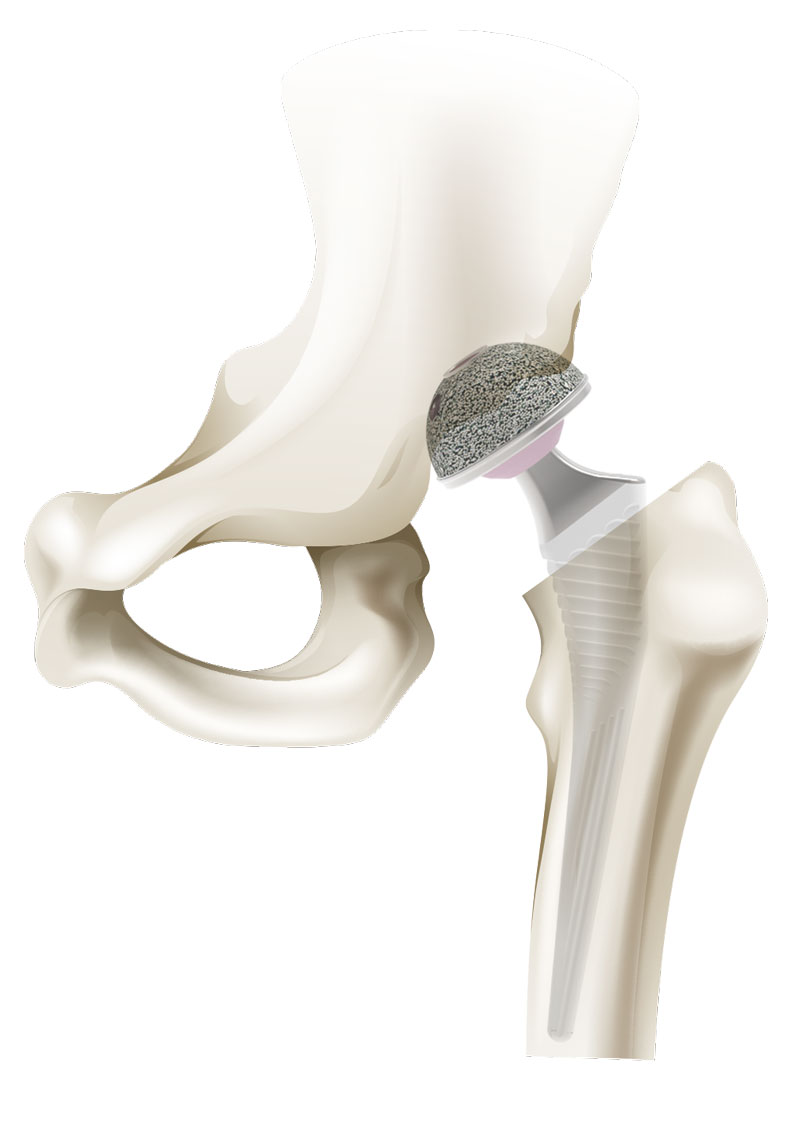
Which implant is right for me?
Although implant surgery is extremely successful in most cases, some patients will still experience pain and stiffness. Your physician will evaluate your particular situation carefully before making any decision regarding which implant is most appropriate for and discuss all complication and risks with you prior to surgery. Signature Orthopaedics’ hip replacement range is intended for use with Signature Orthopaedics’ range of joint replacement components only. The selection of an implant of the correct size, shape and type of bone fixation is extremely important to maximise the potential for a successful, long term, outcome for you.

Adverse Events & Risks
With any surgery, there are potential risks, and results will vary depending on the patient. Your physician will assess the risks and benefits associated with this technology, as well as individual factors such as the cause of your condition, age, height, weight and activity level. Please see the IFU for more details.

Will I return to everyday activities ?
The degree to which you can perform day to day movements is based on your range of motion as shown below. A normal hip would have a range of motion up to 120-130 degrees of flexion (bending) and 20-30 degrees of extension (straightening). The decision on your post-operative activity level is dependent on your surgeon’s recommendations and guidelines as well as your compliance with recommended post-operative therapy.
